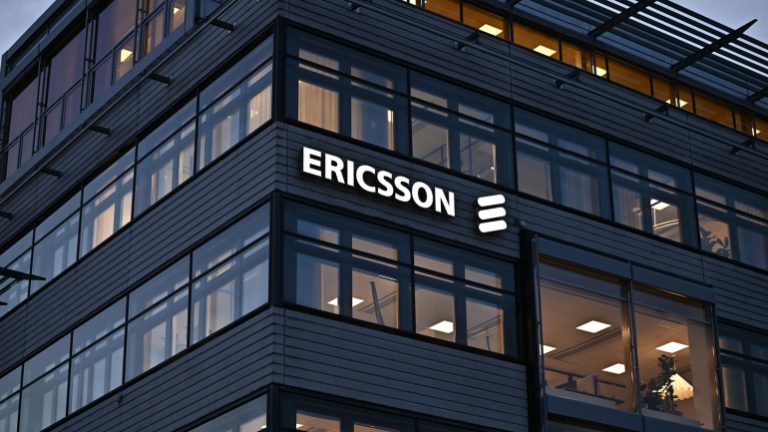
Ambiguity lingers around the future of the intelligent world. One thing is crystal clear, though; the intelligent world will certainly gravitate towards ubiquitous 10Gbps bandwidth. Networks form the core of computing power connections and base of intelligent evolution. Every digital upgrade establishes that networks are essential for meaningful advancement.
The quick advancement of intelligence technologies requires an equal response from network upgrades, moving from gigabit optical networks to the more formidable 10Gbps optical networks, also known as F5.5G. Last year at the Ultra-Broadband Forum (UBBF), Huawei provided an outline of the vision and fundamental technologies of F5.5G. Fast-forward a year, the industry consensus aligns with the validity of F5.5G.
A prime example is the Next-Generation Broadband Roadmap 2023 to 2030 white paper, released by the World Broadband Association (WBBA), which details concepts resonating with the tenets of F5.5G.
In the face of the challenge of converting F5.5G from an industry consensus into a practical reality, global operators need to effectively plan their F5.5G construction blueprint and select the most effective products and solutions.
Richard Jin, President of Huawei’s Optical Business Product Line, broke down the challenge at UBBF 2023. During his keynote speech, he proposed a three-tiered strategy to transition towards F5.5G.
The F5.5G construction faces a pivotal moment. One, global communications standards organizations, operators, and network equipment vendors acknowledge the short-term goal of evolving from gigabit to 10Gbps. Organizations like ETSI and WBBA have laid out the need, timeline, and specific technical solutions of 10Gbps.
Two, F5.5G enjoys solid technical support. Huawei released eight technological innovations of F5.5G at UBBF 2022, which have seen widespread application over the past year. These futuristic, high-speed, low-latency network connections have been tested in various scenarios.
Finally, F5.5G already has clear market requirements that can bolster operators’ business value. For instance, fiber to the room (FTTR), a component of F5.5G, can drastically revamp home broadband experiences and expand business models for operators.
Given the industry consensus, tech support, and market orientation, F5.5G appears to be the unavoidable trend for operators. It is therefore crucial for operators to pinpoint service pain points, create a target network around these services, and then discover an appropriate F5.5G construction solution.
Aiming to accomplish this, Huawei identified three driving forces propelling fixed network development: video, experience, and intelligence. Aligning with these driving forces, operators can get a clear path towards making F5.5G a practical reality.
Huawei has lent abundant technical skills and offered comprehensive aid to operators on their quest for optimal network upgrade solutions.
Huawei provides a range of technologies and products to actualize F5.5G as part of its three phases of all-optical target network architecture. Its all-out investment and commitment are moving the world closer to the F5.5G era. Huawei continues to pioneer in the all-optical network field, predicting operators’ network requirements and offering industry-leading network performance. Their service-centric approach provides an end-to-end solution that covers marketing and O&M management, thereby enhancing F5.5G service abilities. Huawei’s products and technologies that are integrated with intelligent capabilities also offer a significant boost in network autonomy, assisting operators in taking a giant stride into the intelligent era.




